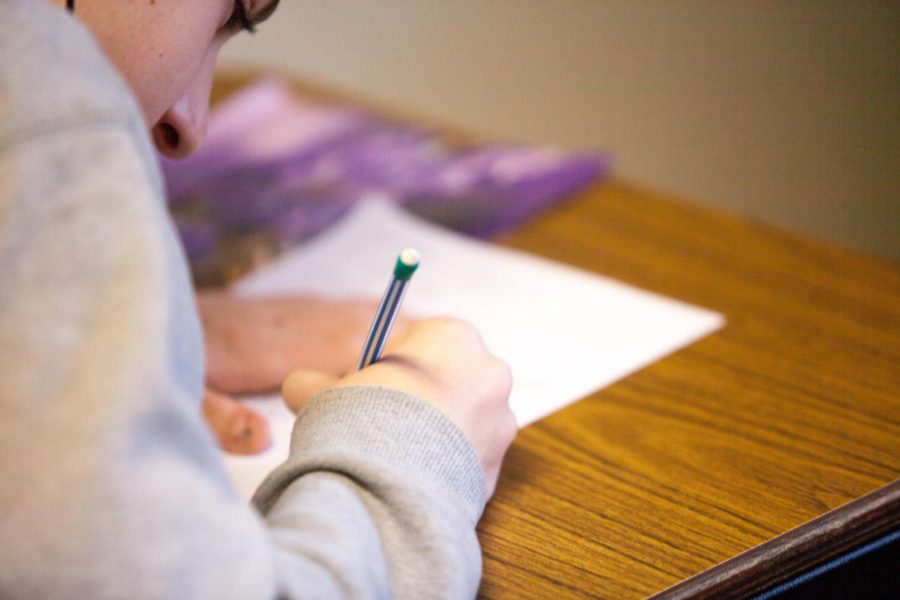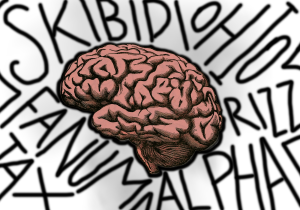Senseless standards: Testing in schools should be revised
Testing environments often place students under a high-stakes, high-pressure state of mind, which many students find that they can’t perform as well. Due to this, their scores often misrepresent their knowledge.
December 7, 2022
The No Child Left Behind (NCLB) Act, passed in 2002, mandated annual testing for all schools in the U.S.A. In December of 2015, the Every Student Succeeds Act (ESSA) was passed, reinforcing the use of standardized exams while simultaneously addressing issues with the NCLB Act. Since then, the use of standardized testing has risen exponentially, and many educators, students, and parents debate whether or not standardized testing should be required.
Standardized testing inaccurately represents student learning and proves to be a defective method for collecting data on students’ performance.
Testing environments often place students under a high-stakes, high-pressure state of mind, which many students find that they can’t perform as well. Due to this, their scores often misrepresent their knowledge. Many students have also reported experiencing testing anxiety. In fact, the National Bureau of Economic Research found that students who showed the largest variations in cortisol, stress hormone, between testing and non-testing weeks tended to perform worse on tests than expected, even though they were accomplished students in their class. If a student performs poorly on a standardized exam but tends to perform well in their class, this makes it clear that the student is not the problem – the exam is the problem.
Additionally, these kinds of tests give a disadvantage to people of color and people of different economic backgrounds. Scores often show that demographically speaking, African American and Latinx students generally perform lower than white students. Researchers suggest a link between their background and access to resources and their test results. Many schools also have the disadvantage of funding. Institutions located in a more low-income area do not have as many resources or property-tax income to fund test preparation for students, affecting their performance.
Test preparation can also present an issue in itself. The rise of standardized testing has led to a more exam-driven curriculum that lacks flexibility. This leads to educators focusing more on the scores rather than progress, as many teachers feel pressured to improve their institution’s overall performance. Many teachers focus class time on test preparation in order to achieve higher test scores in fear of financial penalties. According to a 2018 article published by The Classroom standardized test results can go as far as to affect school funding, with some districts linking teacher pay to standardized test scores.
While standardized tests are good tools for objectively measuring progress in learning and provide a guideline for evaluation, this is the downfall of standardized testing. Every student has different methods for learning and different methodically working brains. Additionally, predictive learning fosters an environment of complacency rather than creative and critical thinking.
To solve many of the complications that standardized testing presents, education institutions can replace these tests with more flexible examinations, such as observing a series of the student’s work. Alternatively, they could lower the stakes for standardized testing. Colleges and high schools can continue to administer standardized exams, but they should not require or rely on them as the single tool to evaluate a student’s learning.
The many hidden disadvantages of standardized testing outweigh the benefits of using it as a tool to measure learning. Thus, they are inaccurate, poor reflections of education. These exams should not be able to decide the future of students or determine matters as big as school funding.









